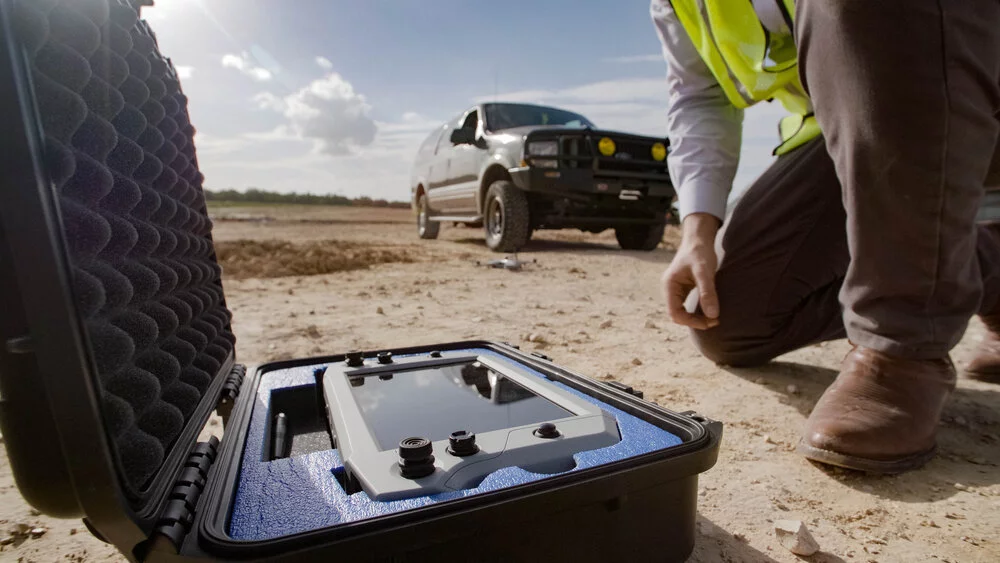Puerto Rico-based Red Cat Holdings has announced what it believes is the first and only commercially available multi-drone swarm system, allowing several DoD-approved drones to perform co-ordinated tasks under the control of a single pilot.
Red Cat is an umbrella company that owns several drone-related businesses. The best known is probably Fat Shark, which manufactures low-latency FPV goggles, but it also owns Teal Drones, which produces a fully American-made quadcopter drone called the Golden Eagle, which is one of only a small handful of drones approved under US Department of Defense (DoD) guidelines.
China, through DJI and a number of other fast-moving companies, well and truly caught the USA with its pants down as drone technology began to take off in the last decade, thoroughly dominating the market with cheap, reliable and beautifully put together consumer and commercial drone products.
China has owned this market so comprehensively that American institutions like the FBI and NYPD have been buying DJI drones for surveillance work, despite the Department of Defense labeling them "potential threats to national security" that could possibly feed critical data back to China if weaponized remotely in a conflict situation. Machines like the Golden Eagle aim to eliminate this threat, being fully designed and built in the US.

Now, Red Cat is attempting to get out in front of the next wave of commercial drone technology. “There is really almost no use case," says Teal Drones CEO George Matus in a press release, "where I think to myself, one drone is now enough. Every use case can benefit from having a swarm of drones.”
Drone swarms are most prominent nowadays as entertainment spectacles, each drone providing a point of light that can move in three-dimensional space to create complex shapes and dazzling effects. But Teal believes that intelligently co-ordinated swarms can do the job quicker and more effectively in a lot of use cases, so it's created a product called 4-Ship to give operators a ready-made swarm of up to six drones that can work on a task in concert, with just one pilot at the helm.
Only four drones will be active at a given time, the other two being there on standby ready to sub in for the others and maintain the swarm as battery life begins to run down. A special 4-Ship controller is capable of displaying four video feeds at once, giving 360-degree views of a target if required, and has been designed to be simple and intuitive to use.

Surround surveillance for military, government and public safety organizations will be one of the first applications for these swarms, with the ability either to surround an enemy target, or face outwards to provide 360-degree defensive views of a friendly position. The drones can easily be placed in other advantageous spots to create a kind of aerial CCTV system monitoring building exits and the like.
Alternatively, in a persistent surveillance/reconnaissance mission, a single drone can be set to track a target or location, and the 4-Ship system will rotate drones in as battery levels drop, to make sure there's always an eye in the sky.
Another easy win for a swarm system comes in automated surveying and area photography missions, in which the 4-Ship system can co-ordinate the entire task between multiple drones, automatically stitching together images from across the swarm and effectively getting these jobs done in a quarter of the time. With manpower typically being the most expensive component of many drone operations, the system could pay for itself on that basis alone.

“With 4-Ship, we have successfully integrated the human/machine interface with an embedded autonomy engine that offers additional intelligence and surveillance capabilities from a single pilot and controller,” said Steve Jacobson, CEO of autonomous software developer Autonodyne, LLC, which collaborated with Teal Drones on this project. “The ease of use and multitude of applications makes the 4-Ship a next-generation drone system.”
Teal says it's got shippable product on hand and it's opened up orders for deliveries to begin in the fall. The video below shows test footage.
Source: Teal Drones







